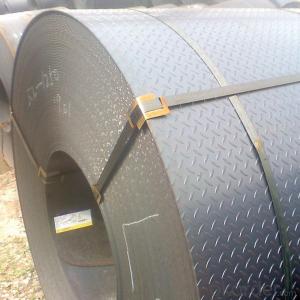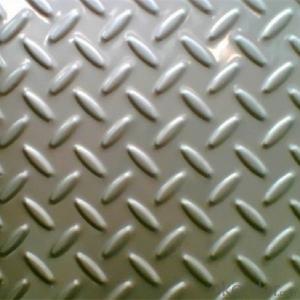HR sheet ! hot sales hot rolled carbons steel checker plate/sheet mild steel chequer plate/sheet
- Loading Port:
- China main port
- Payment Terms:
- TT OR LC
- Min Order Qty:
- 23 m.t.
- Supply Capability:
- 10000 m.t./month
OKorder Service Pledge
OKorder Financial Service
You Might Also Like
Item specifice
1.General Introduction
Item name | Chequered steel plate | |
Standard | ASTM, JIS, GB | |
Grade | Gr1, Gr2, Gr3, Gr5, Gr7, Gr12 | |
Dimension | Hot rolled | Thk*W*L (4.1-60.0)*(400-3000)*(1000-7000)mm |
Cold rolled | Thk*W*L (0.3-4.0)*(400-1400)*(1000-4000)mm | |
Surface | Acid pickling | |
Application | Heat exchanger, chemical or medical industry | |
Advantages | High qualities, competitive price, strict inspection, prompt delivery. | |
2.Chemical Requirements
| N | C | H | Fe | O | Al | V | Pa | Mo | Ni | Ti | |
Gr1 | 0.03 | 0.08 | 0.015 | 0.20 | 0.18 | / | / | / | / | / | bal |
| Gr2 | 0.03 | 0.08 | 0.015 | 0.30 | 0.25 | / | / | / | / | / | bal |
| Gr3 | 0.05 | 0.08 | 0.015 | 0.30 | 0.35 | / | / | / | / | / | bal |
| Gr4 | 0.05 | 0.08 | 0.015 | 0.50 | 0.40 | / | / | / | / | / | bal |
| Gr5 | 0.05 | 0.08 | 0.015 | 0.40 | 0.20 | 5.5-6.75 | 3.5-4.5 | / | / | / | bal |
| Gr7 | 0.03 | 0.08 | 0.015 | 0.30 | 0.25 | / | / | 0.12-0.25 | / | / | bal |
| Gr9 | 0.03 | 0.08 | 0.015 | 0.25 | 0.15 | 2.5-3.5 | 2.0-3.0 | / | / | / | bal |
| Gr12 | 0.03 | 0.08 | 0.015 | 0.30 | 0.25 | / | / | / | 0.2-4.0 | 0.6-0.9 | bal |
3.Tensile Properties
| Grade | Tensile Strength(min) | Tensile Strength(min) | Yield Strength(min) | Yield Strength(min) | Elongation(%) |
| Ksi | Mpa | Ksi | Mpa | ||
| Gr1 | 35 | 240 | 20 | 138 | 24 |
| Gr2 | 50 | 345 | 40 | 275 | 20 |
| Gr3 | 65 | 450 | 55 | 380 | 18 |
| Gr5 | 130 | 895 | 120 | 828 | 10 |
| Gr7 | 50 | 345 | 40 | 275 | 20 |
| Gr9 | 90 | 620 | 70 | 438 | 15 |
| Gr12 | 70 | 438 | 50 | 345 | 18 |
4.Production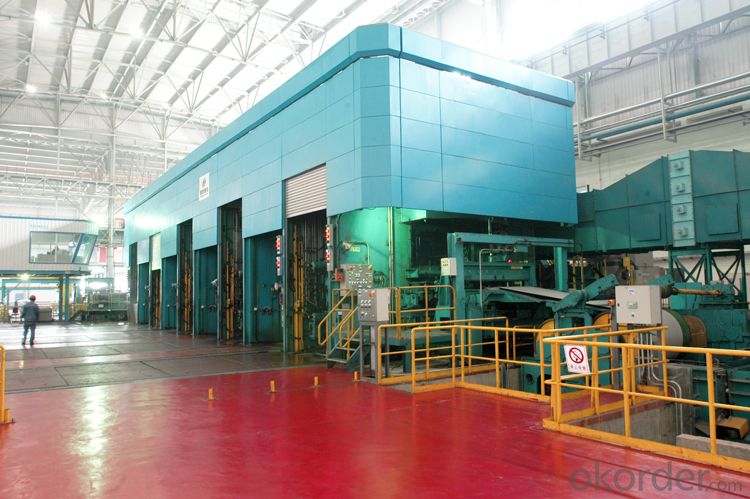
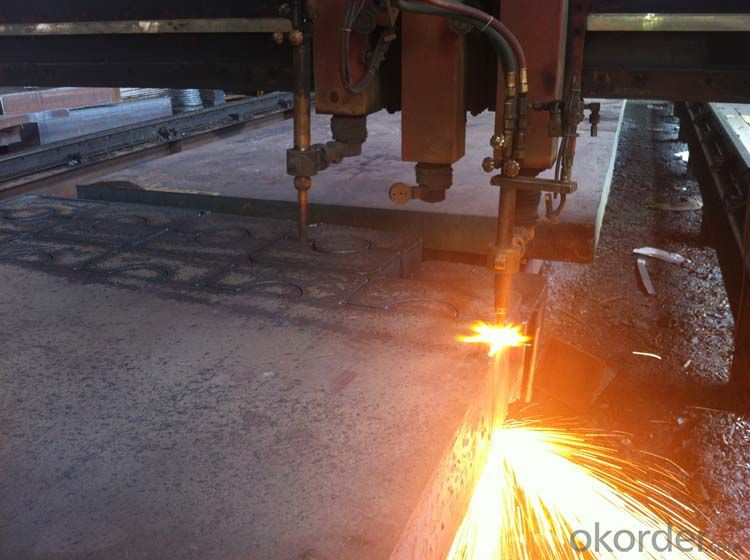
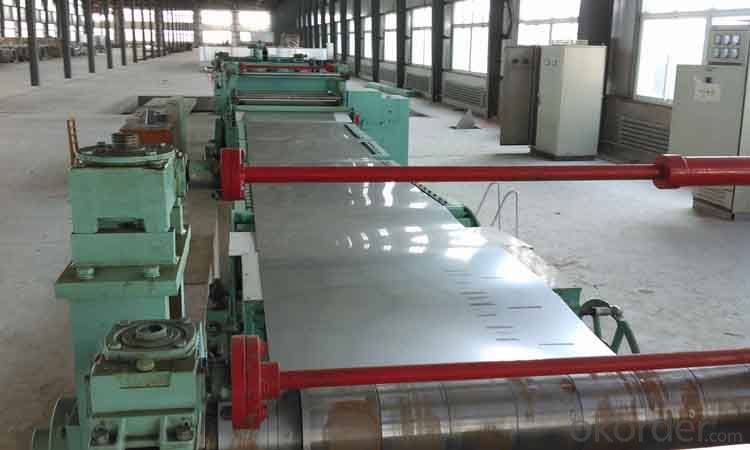
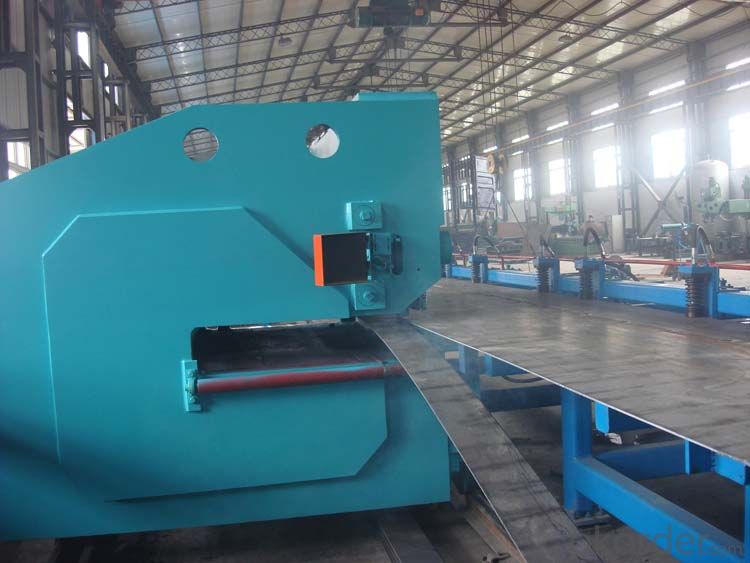

5.Product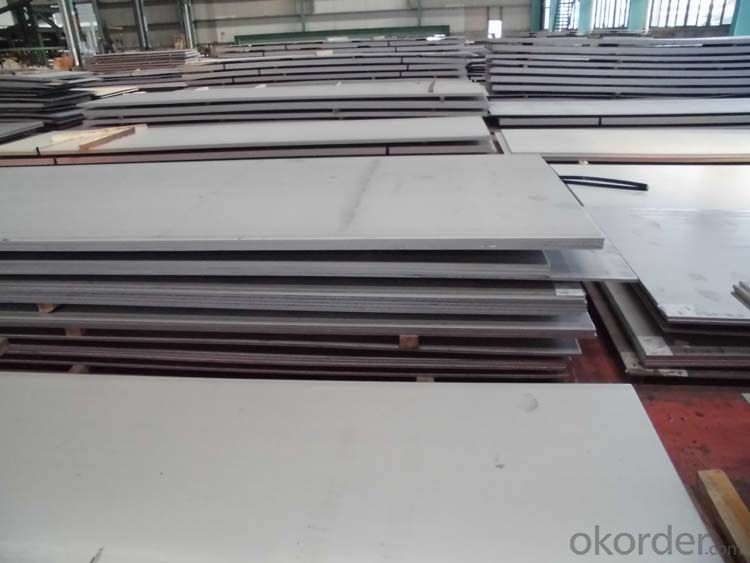
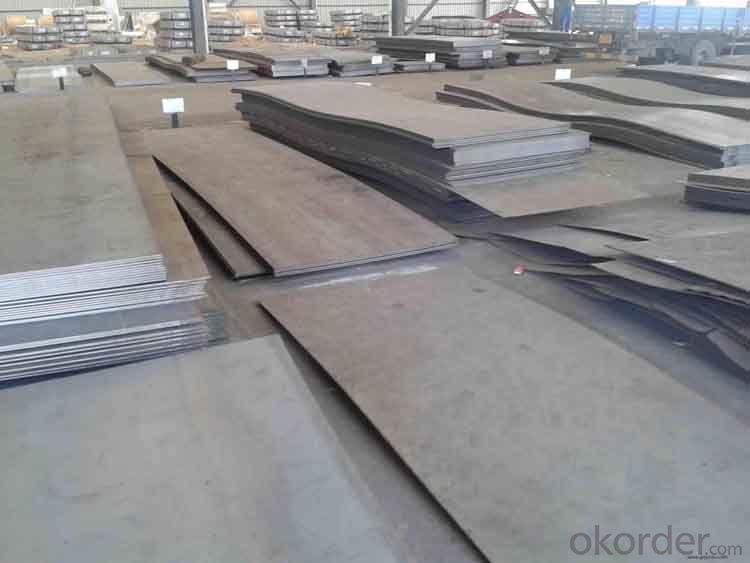
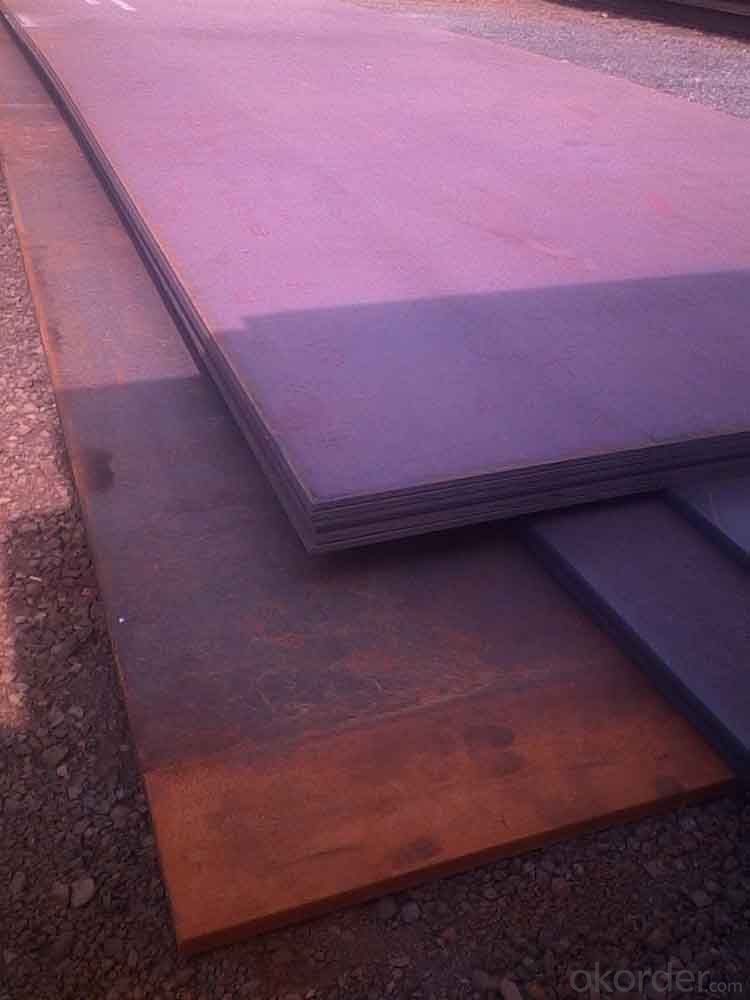

Packaging & Shipping
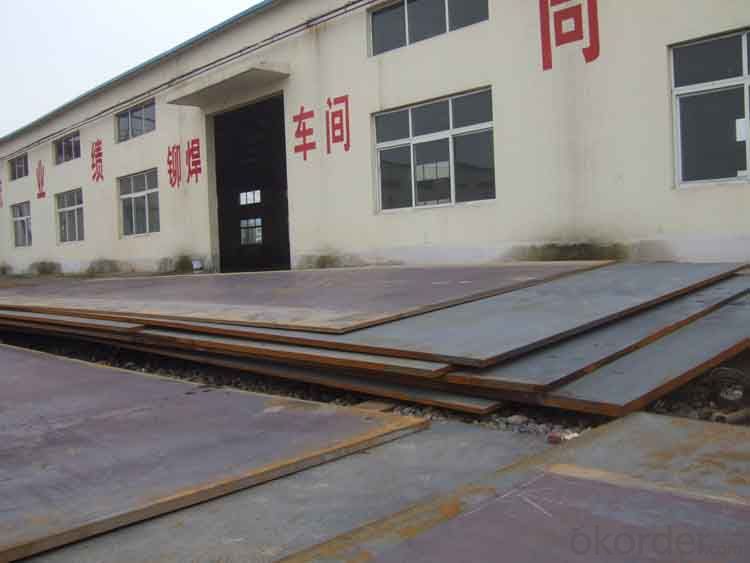
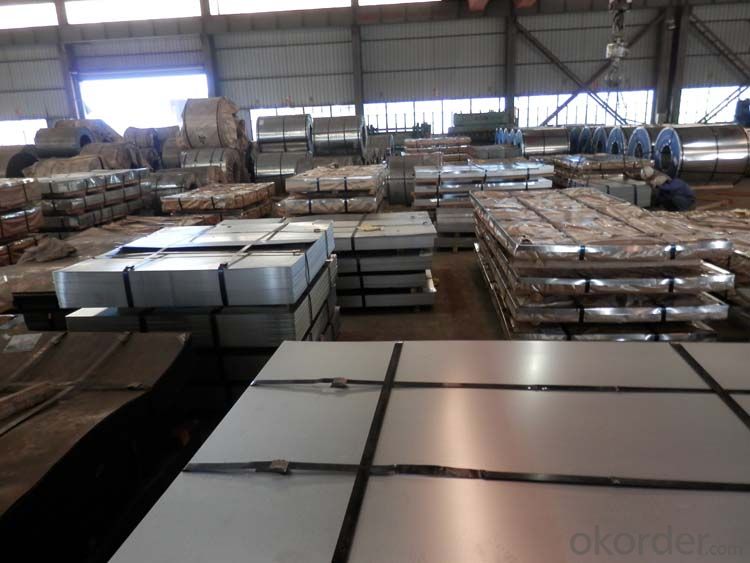
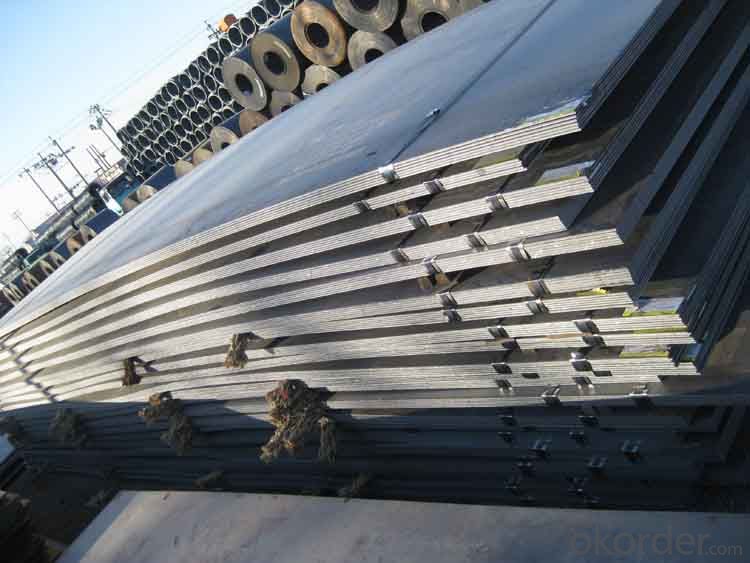
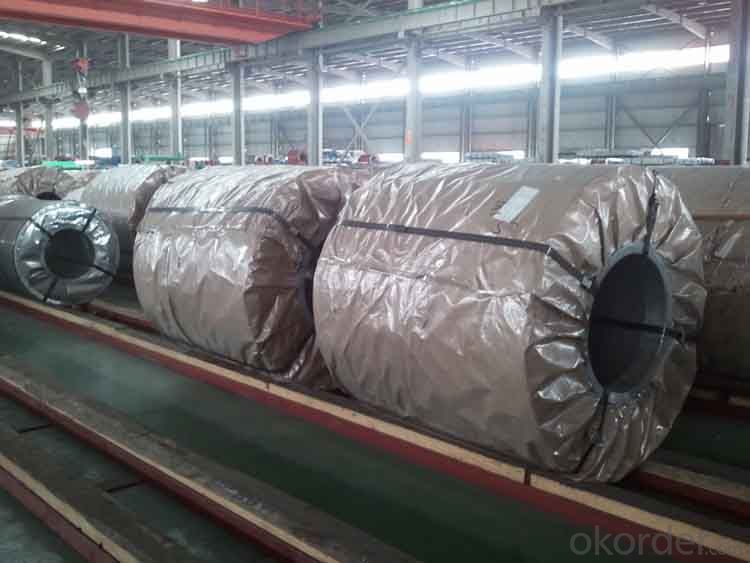
- Q:Are steel sheets suitable for roofing?
- Yes, steel sheets are suitable for roofing. Steel is a durable and strong material that can withstand harsh weather conditions, such as heavy rain, snow, and strong winds. It is also resistant to fire, pests, and rot, making it a reliable choice for long-term roofing solutions. Steel sheets are lightweight and easy to install, reducing labor and installation costs. Additionally, they are available in a variety of colors and finishes, allowing for customization to match the aesthetic of any building. Overall, steel sheets provide excellent protection and longevity, making them a popular choice for roofing applications.
- Q:What are the common thicknesses for stainless steel sheets?
- The common thicknesses for stainless steel sheets range from 0.4mm to 6.0mm, with the most commonly used thicknesses being 0.8mm, 1.0mm, 1.2mm, 1.5mm, and 2.0mm.
- Q:Can steel sheets be used for artistic or sculptural projects?
- Yes, steel sheets can be used for artistic or sculptural projects. Steel sheets offer durability, strength, and versatility, making them a popular choice for artists and sculptors. They can be cut, shaped, welded, and manipulated to create various forms and designs, allowing artists to unleash their creativity and bring their visions to life. Additionally, steel sheets can be finished with different coatings or patinas to enhance their aesthetic appeal and protect them from corrosion.
- Q:What are the different strength properties of steel sheets?
- The different strength properties of steel sheets include tensile strength, yield strength, and elongation. Tensile strength refers to the maximum amount of stress a steel sheet can withstand before breaking, while yield strength is the maximum stress that can be applied without causing permanent deformation. Elongation measures the ability of a steel sheet to stretch or elongate before it fractures. These properties are important factors to consider when determining the suitability of steel sheets for various applications.
- Q:What is the thickness tolerance for steel sheets?
- The thickness of steel sheets can differ depending on the grade of steel and the way they are made. Usually, the standard in the industry for steel sheet thickness tolerance is around ±0.005 inches (0.13 mm). Nevertheless, it is crucial to consider that various applications and industries might have their own specific tolerance needs. Thus, it is vital to refer to the applicable standards and specifications for the particular steel sheet in use to ascertain the suitable thickness tolerance. Moreover, certain manufacturers may provide stricter tolerances as per customer requirements or for specialized purposes.
- Q:What is the average yield strength of steel sheets?
- The average yield strength of steel sheets varies depending on the specific grade and thickness of the steel. However, it typically ranges from 250 to 400 megapascals (MPa).
- Q:What are the different types of steel sheet finishes?
- There are several different types of steel sheet finishes that serve various purposes and provide different aesthetics. Some of the common types include: 1. Hot Rolled: This finish is achieved by heating the steel sheet above its recrystallization temperature and then rolling it to the desired thickness. It has a rough and textured surface, making it suitable for applications where appearance is not a priority. 2. Cold Rolled: After the hot rolling process, the steel sheet is passed through rollers at room temperature to achieve a smooth and polished finish. Cold rolled finishes are often used in applications that require a superior surface finish, such as automotive panels or appliances. 3. Galvanized: In this process, the steel sheet is coated with a layer of zinc to provide corrosion resistance. The zinc coating also gives the sheet a shiny and reflective appearance. Galvanized finishes are commonly used in outdoor applications to protect against rust and harsh weather conditions. 4. Stainless Steel: This finish is achieved by adding chromium to the steel sheet, which provides excellent corrosion resistance and a sleek, reflective surface. Stainless steel finishes are widely used in kitchen appliances, architectural applications, and medical equipment, where hygiene and durability are essential. 5. Coated Finishes: Steel sheets can be coated with various materials, such as paint, epoxy, or polymer, to enhance their appearance or provide additional protection. Coated finishes can be customized to meet specific requirements, such as color or texture, and are often used in architectural and decorative applications. 6. Brushed: This finish is obtained by brushing the steel sheet with abrasive material, creating a textured and matte surface. Brushed finishes are commonly used in interior design and furniture manufacturing, where a contemporary and stylish appearance is desired. These are just a few examples of the different types of steel sheet finishes available. The choice of finish depends on the specific requirements of the application, such as corrosion resistance, aesthetic appeal, or surface texture.
- Q:Are the steel sheets available in different thickness tolerances?
- Certainly, there are various thickness tolerances for steel sheets that are readily available. Steel producers create sheets with diverse thicknesses to accommodate different purposes and demands. These tolerances are determined by established standards within the industry and can differ based on the steel type and intended application. In construction, for instance, tighter tolerances might be mandatory to guarantee the structural soundness, while in manufacturing sectors like automotive or aerospace, precise tolerances may be indispensable to meet design requirements. Through offering steel sheets in varying thickness tolerances, manufacturers allow customers to select the most fitting product for their individual requirements.
- Q:What is the process of applying anti-fingerprint coatings to steel sheets?
- The process of applying anti-fingerprint coatings to steel sheets typically involves several steps. Firstly, the steel sheets are thoroughly cleaned and degreased to ensure a smooth surface. This is typically done using solvents or alkaline cleaners. Next, the sheets are rinsed and dried to remove any remaining residue. Once clean, a primer or adhesion promoter may be applied to enhance the bonding between the steel and the anti-fingerprint coating. The anti-fingerprint coating is then applied onto the steel sheets using various methods such as spraying, dipping, or roll coating. The coating material is usually a combination of polymers, resins, and additives that provide the desired anti-fingerprint properties. After the coating is applied, the steel sheets are cured or dried, depending on the specific coating technology. This step ensures that the coating adheres properly to the surface and develops its anti-fingerprint characteristics. Lastly, the coated steel sheets may undergo quality checks and inspections to ensure that the coating thickness, appearance, and performance meet the desired standards. This can involve visual inspections, adhesion tests, and fingerprint resistance evaluations. Overall, the process of applying anti-fingerprint coatings to steel sheets involves cleaning, priming, coating, curing, and quality control measures to achieve a durable and effective anti-fingerprint surface on the steel.
- Q:What are the common thicknesses for galvalume steel sheets?
- The common thicknesses for galvalume steel sheets typically range from 0.0149 inches to 0.0478 inches.
1. Manufacturer Overview |
|
|---|---|
| Location | |
| Year Established | |
| Annual Output Value | |
| Main Markets | |
| Company Certifications | |
2. Manufacturer Certificates |
|
|---|---|
| a) Certification Name | |
| Range | |
| Reference | |
| Validity Period | |
3. Manufacturer Capability |
|
|---|---|
| a)Trade Capacity | |
| Nearest Port | |
| Export Percentage | |
| No.of Employees in Trade Department | |
| Language Spoken: | |
| b)Factory Information | |
| Factory Size: | |
| No. of Production Lines | |
| Contract Manufacturing | |
| Product Price Range | |
Send your message to us
HR sheet ! hot sales hot rolled carbons steel checker plate/sheet mild steel chequer plate/sheet
- Loading Port:
- China main port
- Payment Terms:
- TT OR LC
- Min Order Qty:
- 23 m.t.
- Supply Capability:
- 10000 m.t./month
OKorder Service Pledge
OKorder Financial Service
Similar products
New products
Hot products
Related keywords
